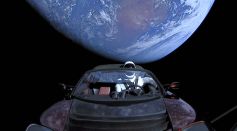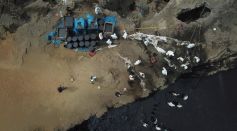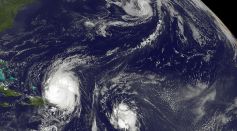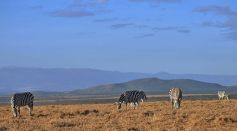TECH & INNOVATION

Faulty Algorithm of YouTube AI Shows Explicit Caption in Videos for Kids

Elon Musk's Starlink Satellites Redirected for Ukraine Could Become Russia's New Target

AI Clerk Serves Customers at 7-Eleven South Korea for the Opening of Its First-Ever Unmanned Convenience Store

Stratolaunch Carrier Aircraft 'Roc' Dubbed the Largest Plane With 385 Feet Wingspan, Deployed for Test Flight

4 Reasons Why Electric Cars are Safer Than Gasoline- and Diesel-Powered Vehicles

Biktrix Juggernaut XD Powerful E-Bikes Packs 2,000W Motor

ERDC Partners With Multiple Universities on Graphene Research

MIT Scientists Created Shape-Shifting Cube Robots for Space Exploration Based on Electromagnetism

Electric Car Battery Chemical Can Work as Efficient Rocket Fuel, Study Says

Amazon's Invite-Only Home Robot "Astro" Perform House Chores, Hold Beverages, and More!

AI Tutoring System Teaches Safe, Efficient Surgical Procedures Better Than Human Instructors

Peru Oil Spill Due to Tonga Volcanic Eruption, Other Pictures Seen From Space

Artificial Intelligence Used in Weather Forecast: How Does This Technology Affect Human Actions?

Vacation Photos of Zebras, Whales and Other Animals Can Help Scientists' Conservation Efforts, Fight Wildlife Extinction
Most Popular

How AI Is Used in Weather Prediction: Smarter Forecasting Through Machine Learning

De-Extinction vs. Conservation Science: Which Approach Protects Biodiversity Most Effectively?

Geoengineering and Climate Intervention Science: Can We Really Engineer a Cooler Planet?

The Future of Clean Tech: Exploring the Next Generation of Renewable Energy Breakthroughs





